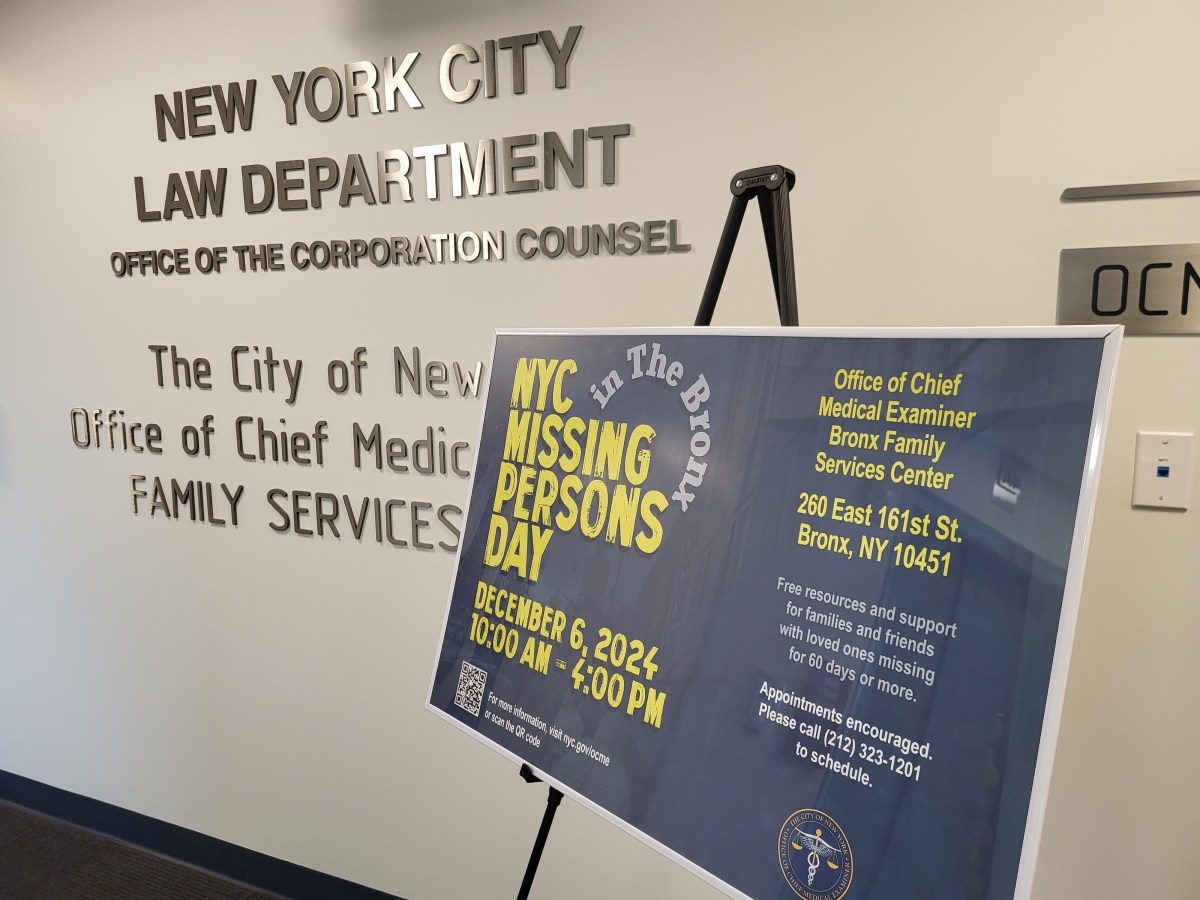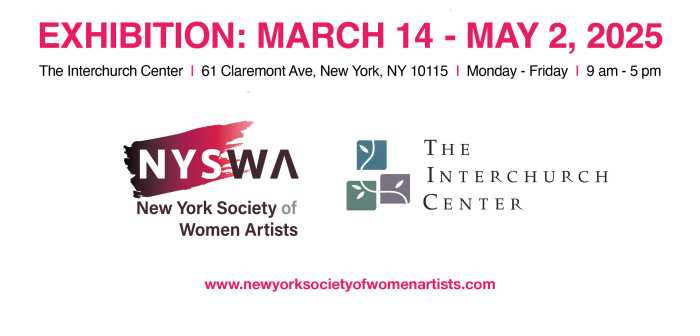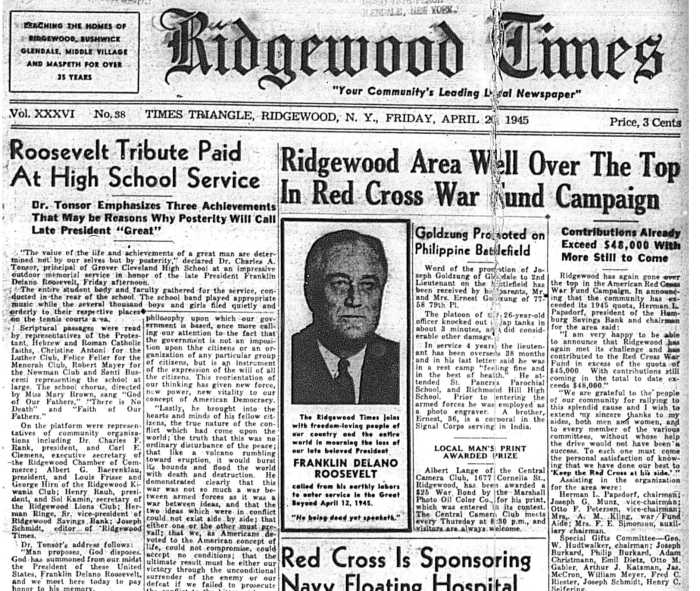Even as a new school year began Wednesday, many eighth grade students — and their parents — already are looking toward next year, as they begin to evaluate their options for high school.
Among the possibilities: schools that require the Specialized High School Admissions Test, to be given to thousands of eighth-graders next month. Some eighth grade students began preparing for that exam as early as a year ago. In future years, that might not be necessary.
Mayor Bill de Blasio has proposed big changes to how students are admitted at the eight NYC specialized high schools that now require the test as the sole basis of admission. While de Blasio’s plan may not be perfect, you don’t need to know high school math to know something has to change.
Start with this: At those eight schools, just 10 percent of students are black or Latino. Citywide, 70 percent of students are black or Latino. Then, look more closely. Half of the students admitted to those eight schools this year came from just 29 middle schools across the city, an astonishing small number.
There are 600 middle schools across New York City.
In the middle
Clearly, for too many of NYC’s middle school students, the city’s specialized high schools, including Stuyvesant High School, The Bronx High School of Science, and Brooklyn Technical High School, are unacceptably out of reach. And efforts to add free test prep, change testing circumstances and improve the test by aligning it more with the middle school curriculum and removing more controversial or confusing sections, haven’t changed the math.
The solution isn’t simple, but it’s time to try something new. De Blasio and Schools Chancellor Richard Carranza suggest scrapping the test. The idea of developing a metric that could include factors such as state test scores, grade-point averages and class rank, and eventually providing admission to the top 7 percent of students from every middle school is an intriguing one. It could even the playing field and provide wider access to specialized schools, especially for black and Latino students.
But it would have repercussions for other students, including a significant number of Asian students across the city. Among those who could lose out are students attending screened middle schools, gifted and talented programs, or private schools, all of whom could see their chances of reaching a specialized public high school diminish. This year, some high-performing schools saw more than half of eighth-graders receive a specialized school offer. Potentially changing that dynamic already has resulted in protests and controversy, and likely could lead to a more gradual approach to a new system.
Opportunity for all
Ultimately, the city has to do more to improve educational opportunities for everyone, not just the admission process to the top schools. More middle schools need to be high-achieving ones, more gifted programs are needed in the younger grades, and the city should add more specialized high schools, too.
There’s no guarantee that the city’s plan will close the gap. But if city officials think boldly, they could transform these schools into places that give all students the opportunity for something special.































